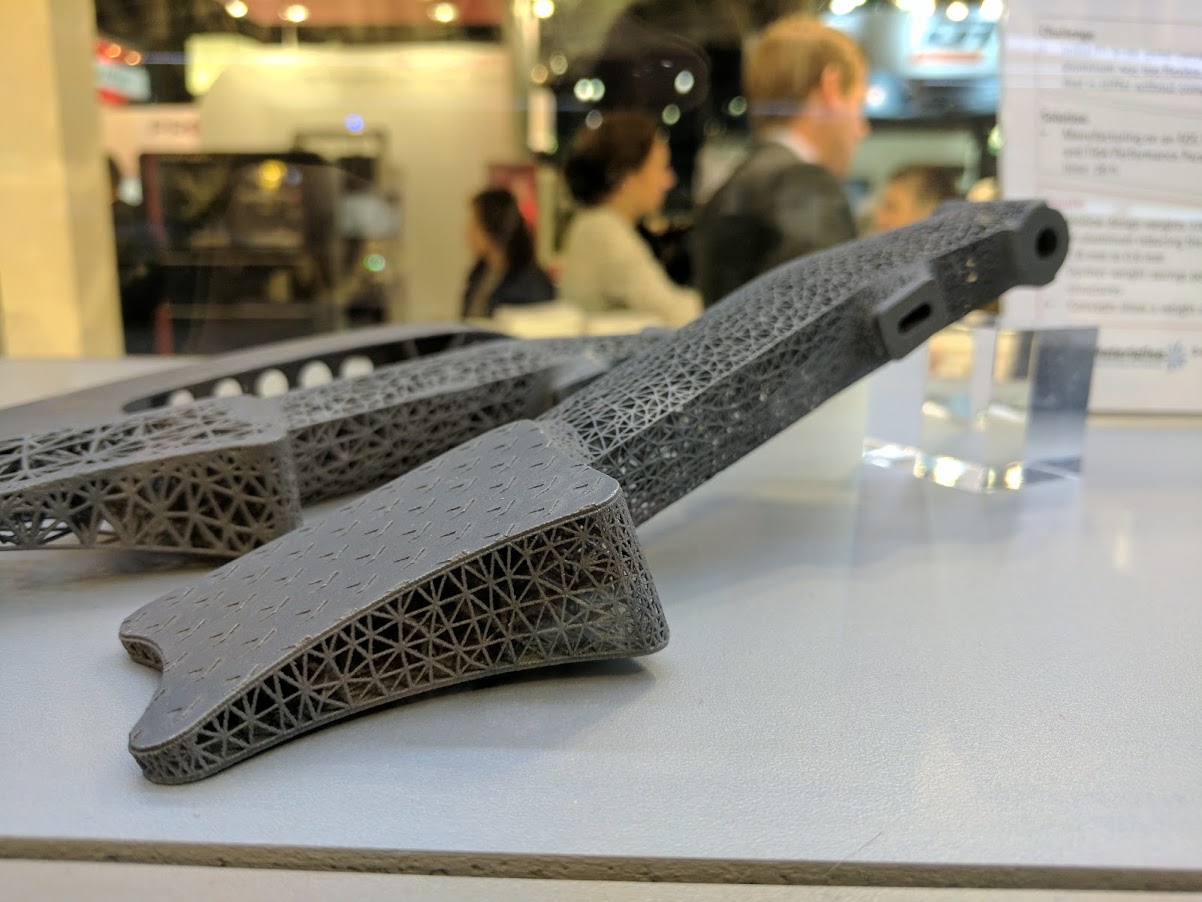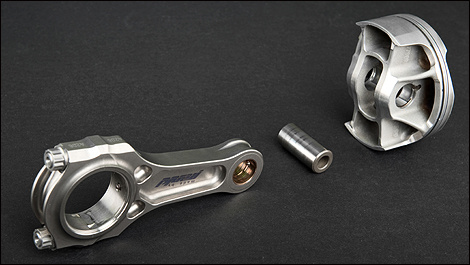Ferrari’s F1 team are ramping up preparations for the 2017 season by using 3D printing technology to develop pistons for their new engine. Ferrari has collaborated with fellow Italians Magneti Marelli to produce the new engine design. Magneti Marelli are a company focused on the “design and production of hi-tech systems and components for the automotive sector”.
We’ve previously seen how 3D printing has been used in F1 with an interview with Force India’s Robert Fernley. Fernley explained how F1 teams use 3D printing as a prototyping tool. However, as the technology has advanced beyond prototyping and into production, particularly with additive manufacturing functional metal parts like this piston.
At the conclusion of the 2016 F1 season we reviewed the use of 3D printing technology and previewed upcoming car changes for this years F1 season. Preparing for this year, McLaren recently signed a four-year agreement with 3D printing company Stratasys. The 3D printer manufacturer will be the official supplier of 3D printing solutions to McLaren.

Ferrari’s 2017 engine
The engine using this piston is expected to be ready for Ferrari’s car launch at the end of February. The new engine changes Ferrari are perfecting for the upcoming season will put an increase strain on the engine, testing every component. F1 cars this year will experience increased pressures and higher temperatures following the use of new turbulent jet ignition technology.
To handle more these demands Ferrari turned to 3D printing to create a new stronger piston made from steel alloy. Traditional methods use the lighter material aluminium, however aluminium has a greater likelihood of failure when subjected to high temperatures and stress. While heavier, the steel alloy will provide greater strength and heat resistance. 3D printing can be used with topology optimization to create components in materials like steel with the same, or better strength characteristics but with less material. This means the component can have a comparable weight.
The F1 team are understandably guarded about the specifics of the design but hope 3D printing will propel them to a higher finishing place in 2017. The team came third in the constructors championship last year and driver Sebastian Vettel expressed concern about the car mid-season saying, “we’re not as competitive as we want but we know to what to do.”
Speaking about the 2017 F1 season Vettel said, “It is a different project and the cars will be very different but there are still some things that we can learn and understand this year which will help us next year.”

How additive manufacturing has helped development
Using 3D printing technology means Ferrari were able to develop this piston quickly and efficiently, iterating the design and adjusting according to performance data. 3D printing enables the creation of complex geometrical structures that can provide more strength while reducing weight. This would not have been possible using traditional manufacturing techniques such as casting.
When the F1 season begins in Melbourne, Australia on March 26th 3D printing will be put to the test, almost as much as Vettel himself.
Featured image shows Ferrari’s F1 car. Photo via SkySports.



